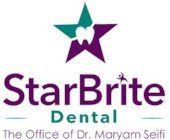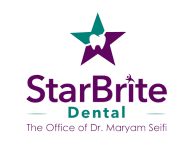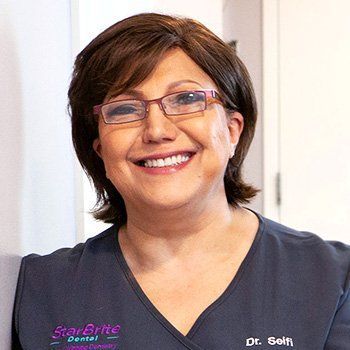Awesome Dental Blog Post!
7 Habits of Highly Effective Brushers
Sometimes you come across an awesome dental blog post that is not your own. Hard to believe, and rare as it is - it does happen. This is just one of those defining moments:
1. They use a Power Toothbrush
Electric toothbrushes, if properly used, are far more effective in removing plaque and other debris than a manual toothbrush. Regardless of the brand used, the vibrations and movements produce cleansing actions that cannot be reproduced manually. Removal of more plaque and tartar reduces the likelihood of gum diseaseand dental decay. The most effective brushers I have encountered always use power toothbrushes.
Besides cleaning the teeth more effectively, power toothbrushes also can have other important features. One is a timer indicating you should move to another area of the mouth. Another feature tells you when you are brushing too hard. This is especially important as brushing too hard is addressed in Habit #5.
2. They ask for personalized feedback from their dentist or hygienist
I spent 9 years after high school training to become a dentist with 5 years focusing primarily on the oral cavity. Dental hygienists spend a minimum of 2 years after high school studying the gum tissue and supporting structures. Your dentist and hygienist know more about the oral cavity than your physician, Dr. Oz (see Habit #3), WebMD, or any other resource.
Highly effective brushers always ask me or one of my hygienists for feedback. Certain power toothbrushes are better for some than for others. Some toothpastes are better for decay (cavities) than gum disease and vice versa. We are there to give you information and advice. Just ask. Your teeth and gums will thank you for it!
3. They do NOT listen to Dr. Oz for dental advice
Dr. Oz is an accomplished cardiothoracic surgeon and TV personality. His training in the dental field is likely limited to the 2 hour lecture on teeth and gums he received as a second year medical student back in the 1980s.
See more at- directionsindentistry.net
Great article!
View the previous post: Meet Dr Maryam Seifi
View the next post: The American Dental Association’s 15 signs you should see a dentist
Return to main page for: Dentist Rockville MD



